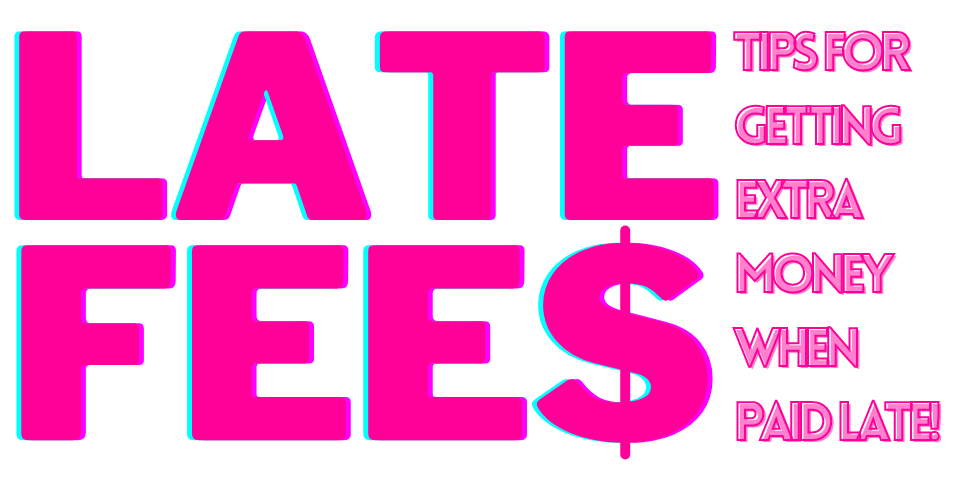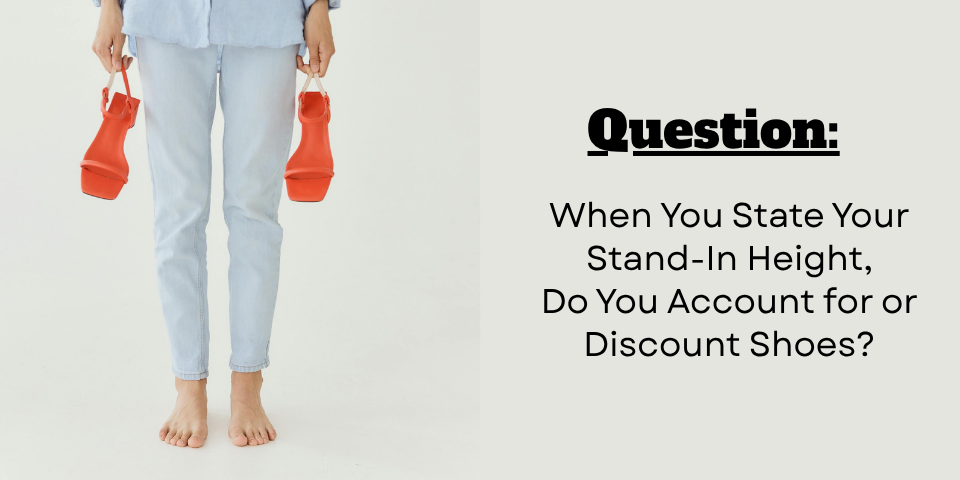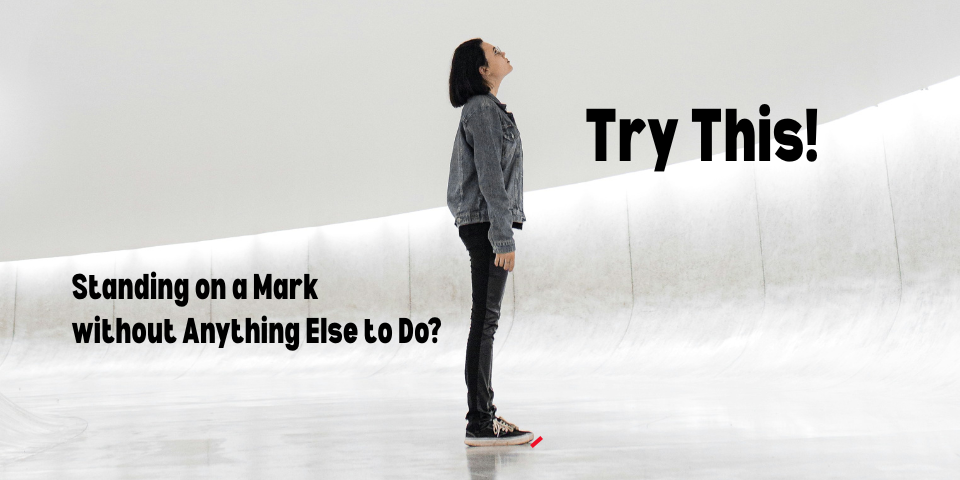A recent story about naked photographs of Prince Harry featured staged photographs of the prince’s romp in place of the real photos. The story reported that a “stand-in” was used in the photographs, but technically a photo double – not a stand-in – was used in the staged photographs.
It is not uncommon for the media to erroneously use the term “stand-in” when referring to someone working as a photo double or stunt double. Technically speaking, a stand-in is not the same occupation as a photo double or stunt double. In fact, there can be considerable pay differences among the three jobs.
In this article, we aim to help the media understand the proper use of the term “stand-in” when reporting news involving stand-ins, photo doubles, and stunt doubles.
What A Stand-In Is
A stand-in is a person used to set up a shot. This position is a behind-the-scenes position. That is, the stand-in does not appear on camera.
Stand-ins substitute for actors, models, contestants, etc., when cameras and lights are being set up. A stand-in is used for focusing and setting up a shot. Then, when it is time to shoot, the stand-in leaves and the principal (actor, model, contestant, etc.) enters.
If you are working as a stand-in but also work on camera in some capacity utilizing your appearance, you are then not only working as a stand-in but you are also working as a photo double. If you are working on a union set, this entitles you to a small bump in pay from your stand-in pay.
In media, if you are reporting about a stand-in, then the implication is that the person does not appear on camera and works behind-the-scenes. If the person appears on camera in the context of the story, then the proper term for this person would be “photo double.”
What a Photo Double Is (And a Body Double, Too)
A photo double is a person who appears on camera in place of an actor, model, etc. This position is not a behind-the-scenes position.
On union sets, a photo double typically makes slightly less than a stand-in, though the photo double’s rate may be negotiable depending on the principal talent or nature of the job. A photo double may have a stand-in while a shot is being set up, but sometimes there is no stand-in for the photo double and the photo double is used to set up the shot. In such cases, usually the photo double does not get a stand-in upgrade and has to settle for the lower rate.
In fact, a stand-in for a photo double may make more than the photo double, a wage inequity that occasionally happens on union sets. Usually it is thought that the on-camera talent makes more than their respective off-camera talent, but in the case of a photo double with a stand-in, the off-camera talent makes more than the on-camera talent!
One specific type of photo double is the body double. A body double is a person who appears on camera and whose body or body part resembles that of the actor, model, etc. Usually, body doubles make the same as photo doubles because they are merely classified as photo doubles, though if nudity is involved in body doubling, the body double’s pay rate may be more than the standard photo double’s.
In media, if you are reporting about a photo double (or body double), then the implication is that the person appears on camera. If the person appears on camera and that same person performs a stunt of some kind while on camera, then the proper term for this person would be “stunt double.”
What a Stunt Double Is
A stunt double is a person who appears on camera in place of an actor, model, etc., who also performs a stunt in the particular shot.
On union sets, stunt doubles typically work as principal actors and receive a considerably higher wage than photo doubles and stand-ins. A stunt double may have a stand-in on set, though given the dangerous nature of the stunt double’s work, the stunt double may be used to set up the shot without use of a stand-in.
If a photo double is asked to perform a stunt on camera, typically this would mean a considerable pay upgrade on a union set. Such an upgrade may mean the photo double becomes a stunt double, though the technical classification of the job may depend on the nature of the upgrade.
In media, if you are reporting about a stunt double, then the implication is that the person appears on camera and the person performs a stunt while on camera. If the person works on camera but does not perform a stunt, then that person is a photo double.
Other Differences
Photo doubles and stunt doubles typically are dressed and made up to look specifically like their principals. Stand-ins rarely need to look indistinguishable from their principals; instead, they usually only need to generally resemble their principals, sometimes only sharing one or two characteristics.
For example, a stand-in may have the same basic hair color of the principal actor, but the photo double and stunt double may need hair color and hairstyle nearly identical to the principal actor. A stand-in may vaguely look like the principal actor or simply have the same height, while the photo double might be an exact lookalike or dead ringer.
In media, if you are reporting about a photo double or stunt double, then the implication is that the double is made up to look like a principal. If you are reporting about a stand-in, then the implication is that the person is used behind the scenes but does not necessarily resemble the principal. In fact, often enough the stand-in may look nothing like the principal!
A Fun Video about Doubles
This short video by Who Knew? covers the interesting topic of body doubles in entertainment as well as in history. Keep in mind that the video plays loose with the terms per the above article, but it’s a fun video showing just how frequently doubles appear and the need for improvement in reporting about them.
Got a question about how to use the term “stand-in” in a story? Agree or disagree with these guidelines? Let us know below!






Leave A Comment